Are you suffering from symptoms of Shoulder Separation?
The Omaha Elbow & Shoulder Specialists at MD West ONE can properly diagnose and treat Shoulder Separation through non-surgical and surgical treatments. If you have the following symptoms, you may want to make an appointment with one of our Board Certified Specialists.
Separated shoulder symptoms usually begin with sudden shoulder pain, likely caused by a direct blow. The top part of the shoulder may have a large bump or appear deformed.
Some other typical shoulder separation symptoms are:
- Pain and swelling at the top of the shoulder.
- Deformity of the shoulder.
- Weakness
- Tenderness
- Limited range of motion.
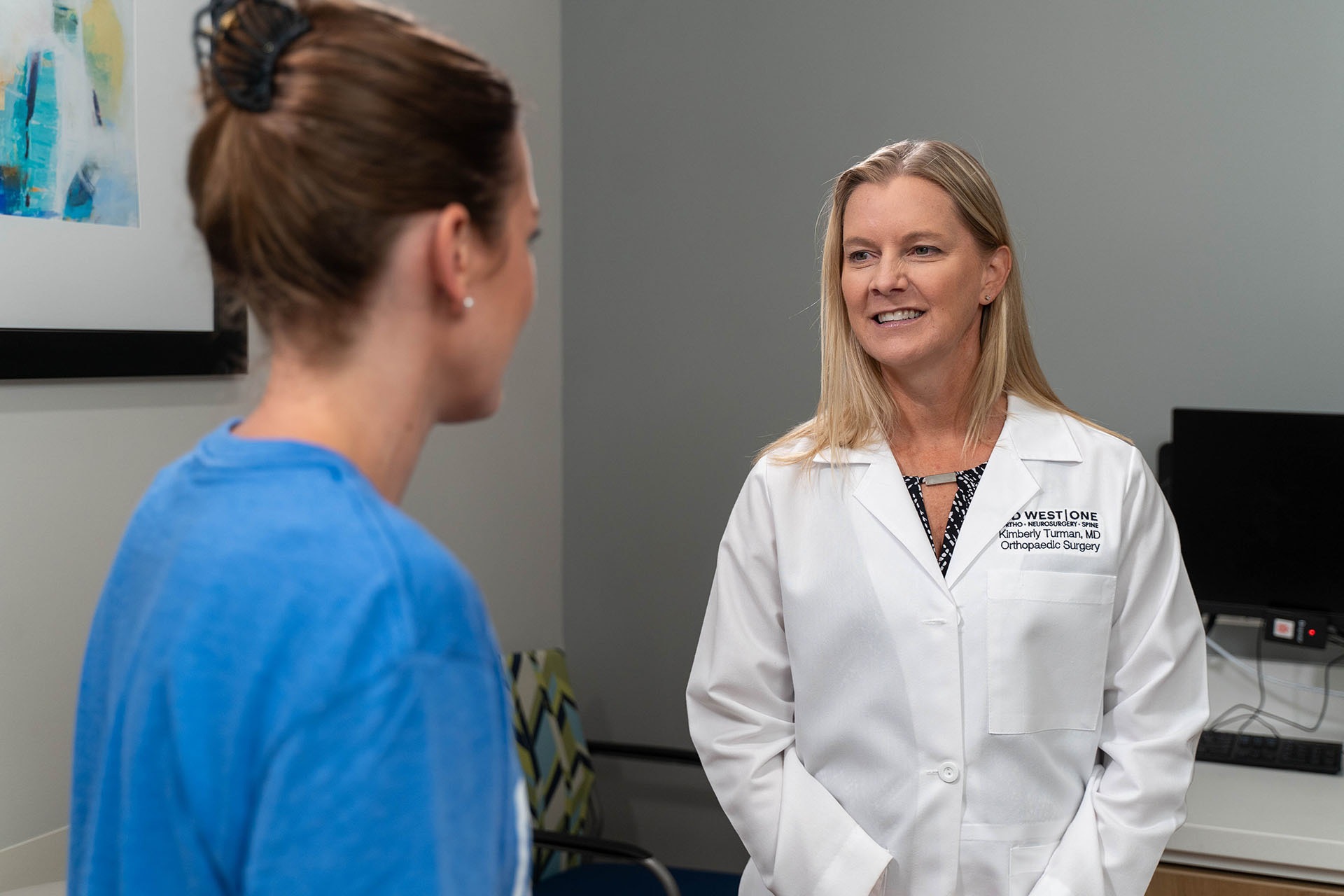
Meet MD West ONE's orthopedic specialists and learn more about how they treat Shoulder Separation
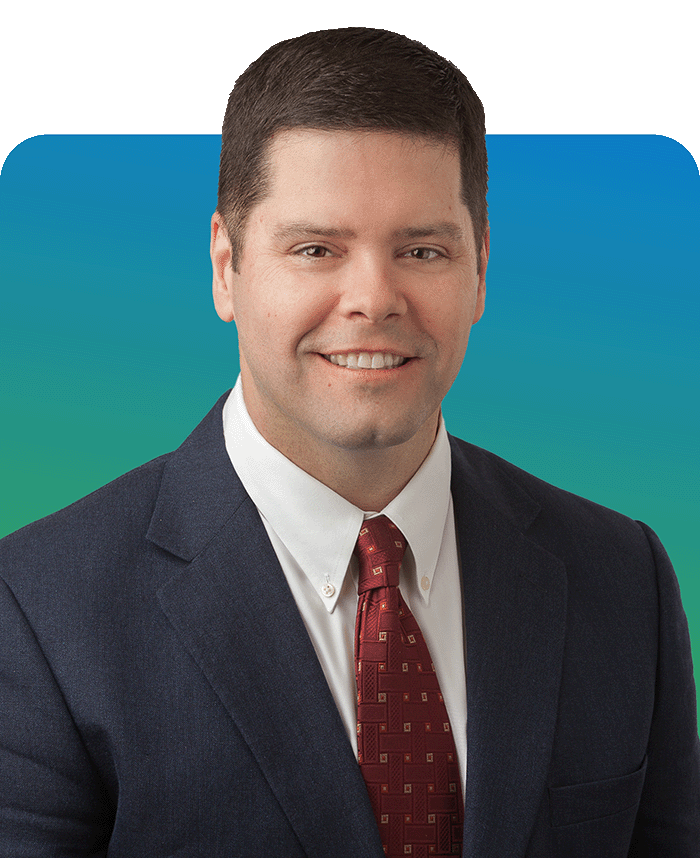
David C. Buck, MD
Sports Medicine & Total Joint
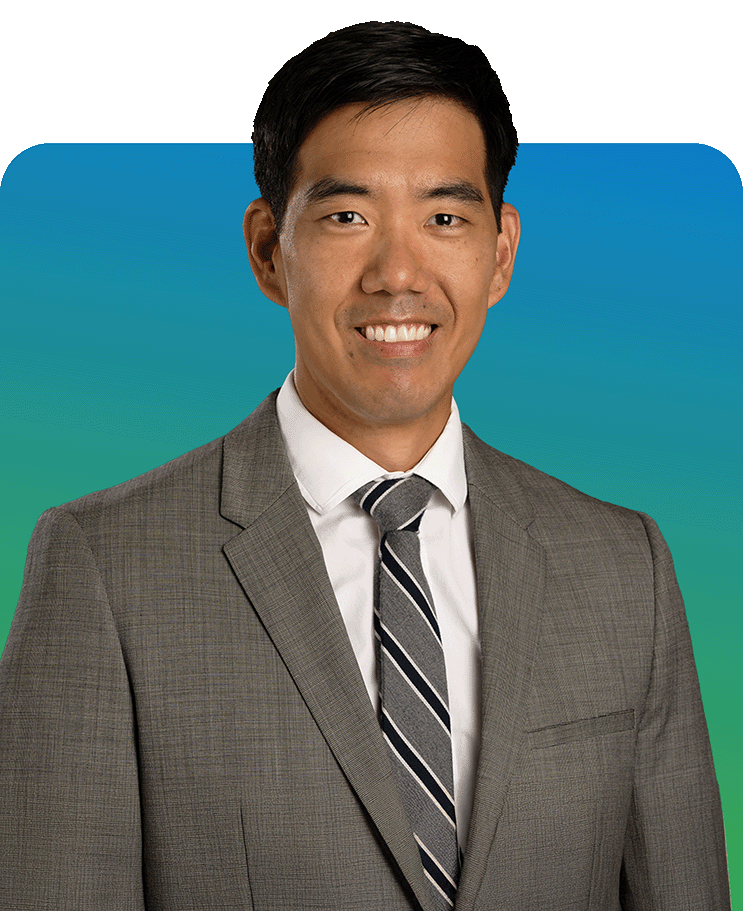
H. Wesley Cheng, M.D.
Sports Medicine & Total Joint
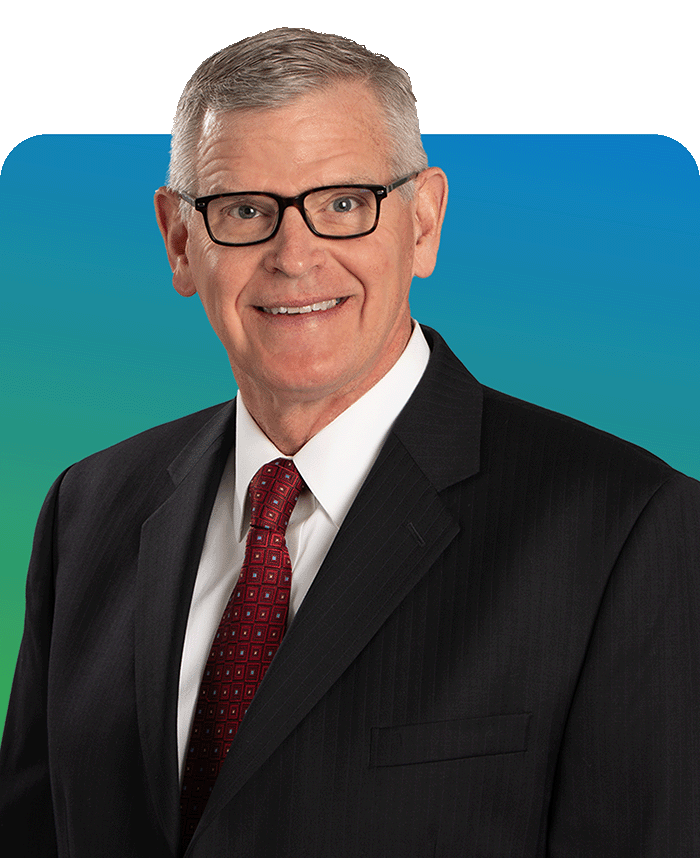
George Emodi, M.D.
Sports Medicine & Total Joint
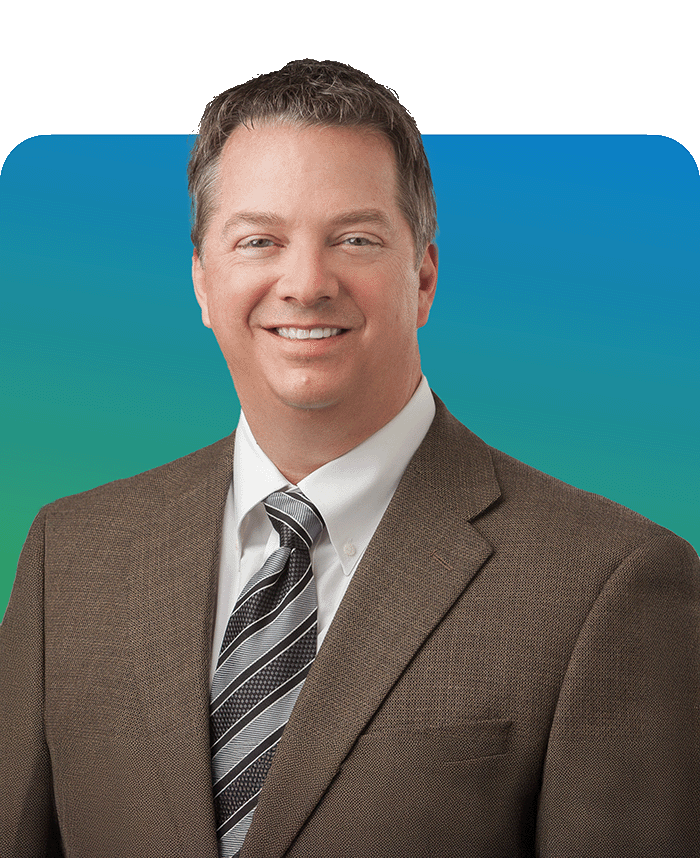
Brett W. Fischer, MD
Sports Medicine & Total Joint

Mark Franco, M.D.
Sports Medicine & Total Joint

Daniel L. Gaffney, MD
Hand & Wrist Specialist
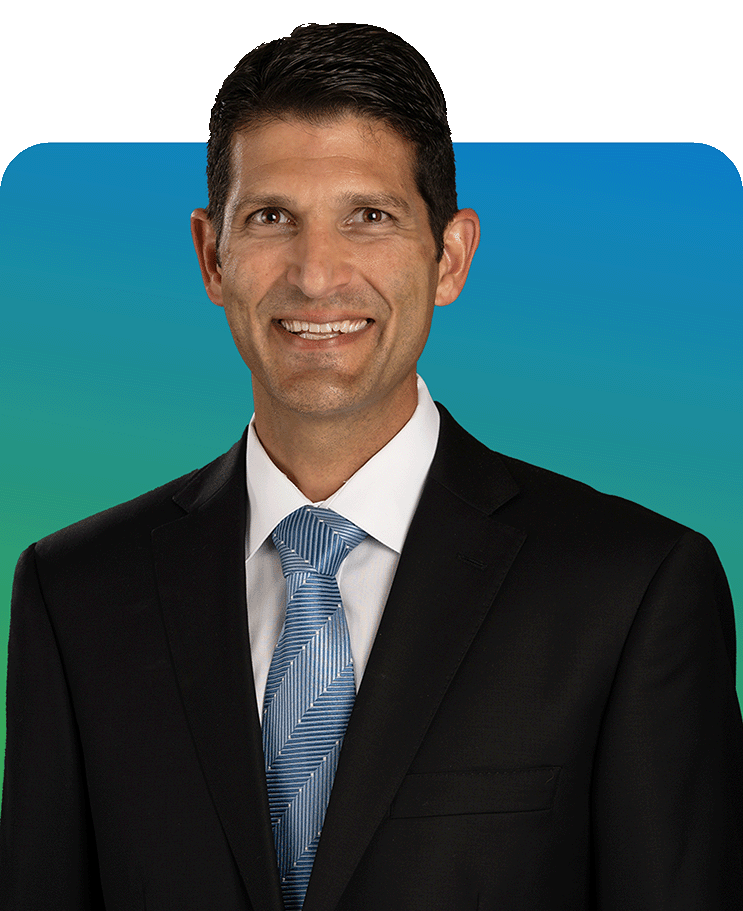
Kayvon Izadi, MD
Hand & Wrist Specialist
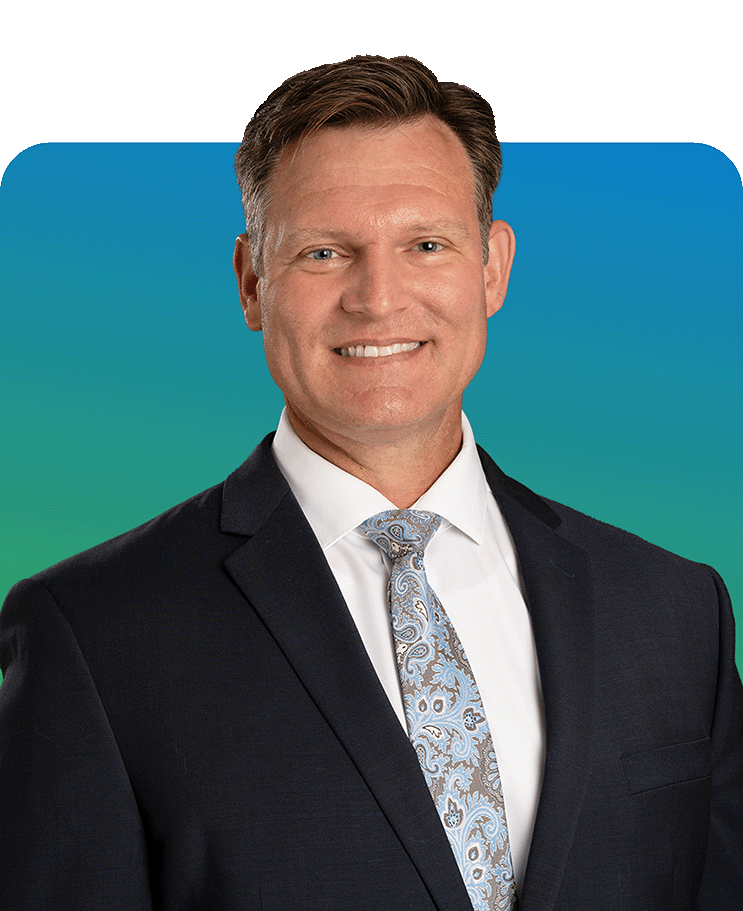
Darren Keiser, M.D.
Sports Medicine & Total Joint

John "Jack" A. McCarthy, MD
Hand & Wrist Specialist
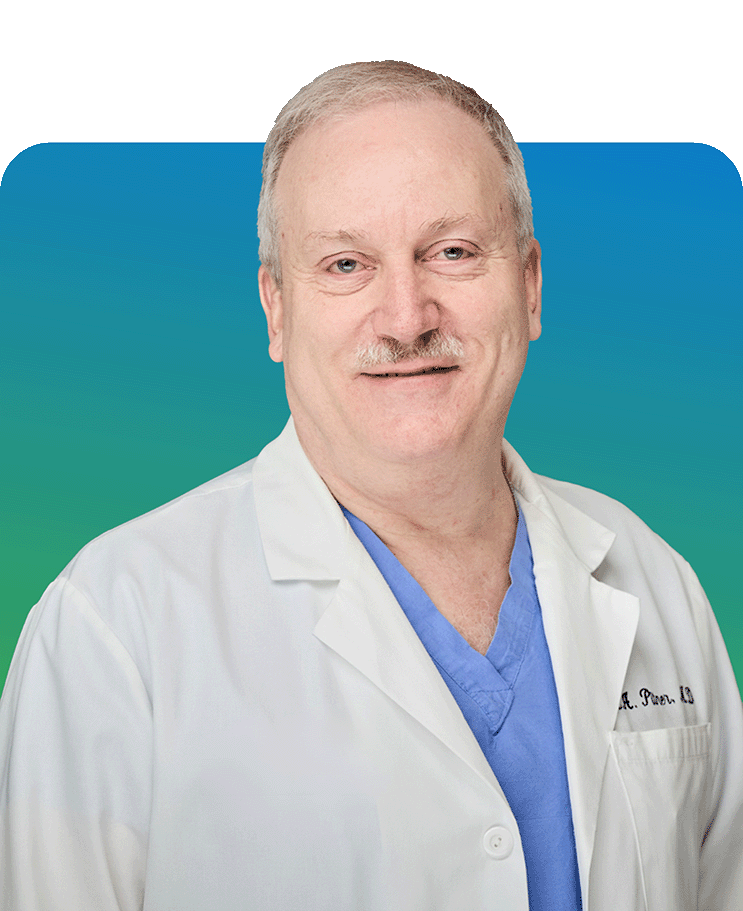
Mark Pitner, MD
Sports Medicine & Total Joint
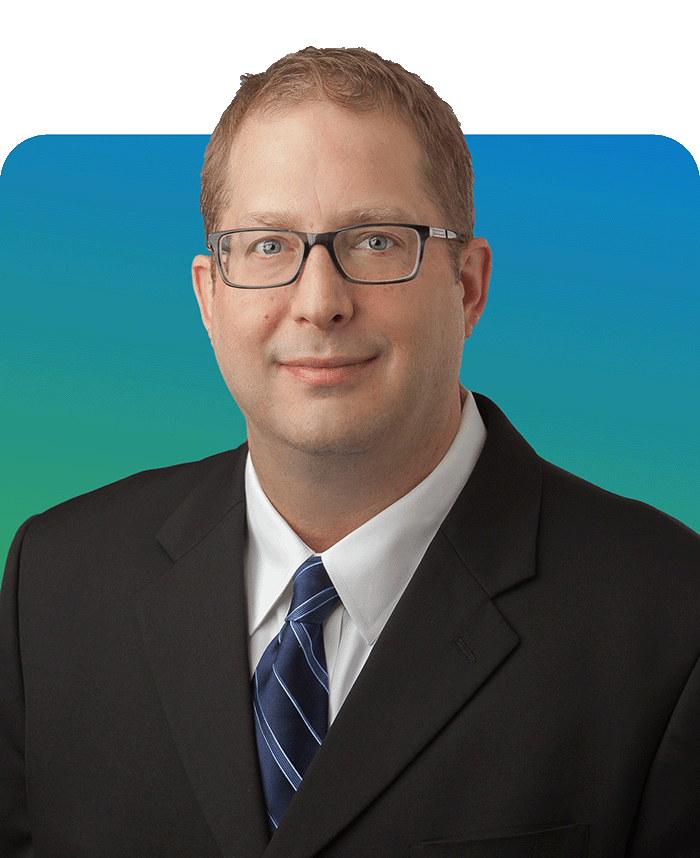
Charles E. Rosipal, MD
Shoulder & Elbow Specialist
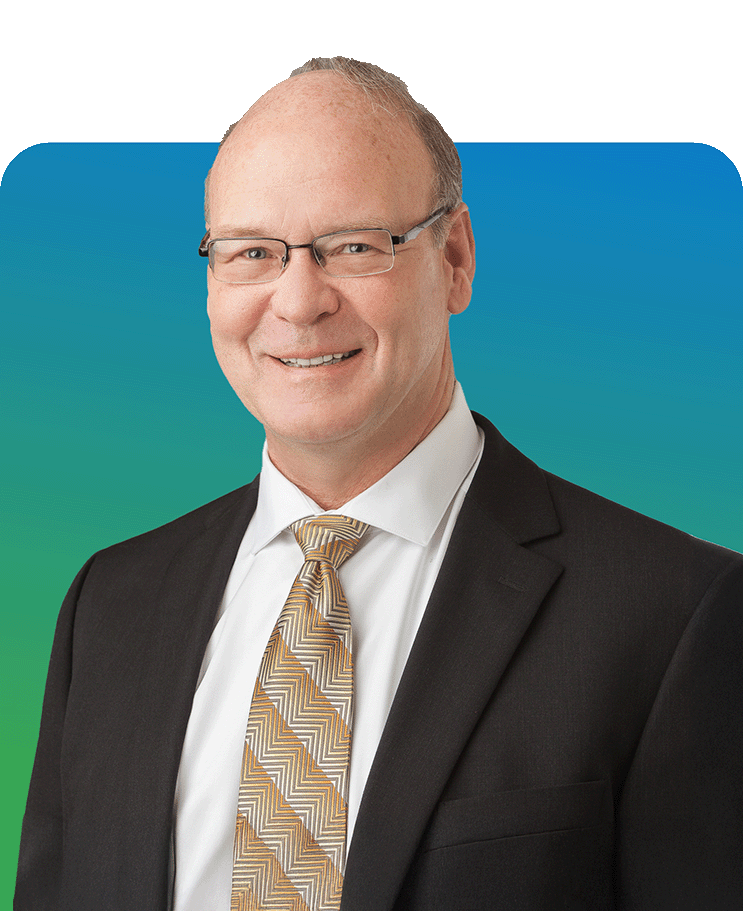
Jeffrey J. Tiedeman, MD
Hand & Wrist Specialist

Kimberly A. Turman, MD
Sports Medicine
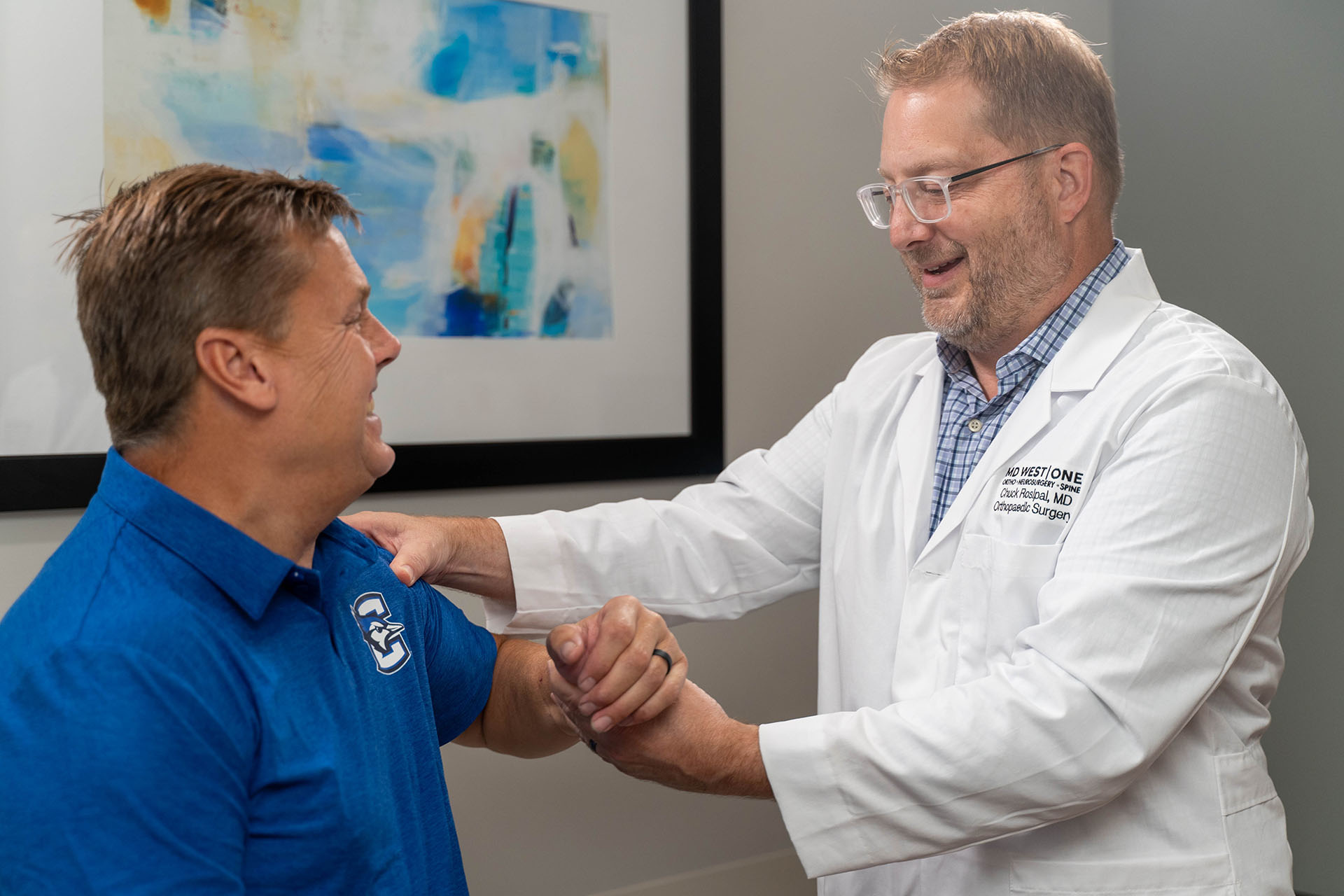
Shoulder Separation: Non-surgical and Surgical Treatment(s)
What is Shoulder Separation?
The AC joint is where the clavicle (or collarbone) and the scapula (the shoulder blade) meet. The joint, also called the acromion, connects the upper arm bone (or humerus) and the clavicle with a series of ligaments. This anatomy allows for free and easy movement of the shoulder.
Shoulder separation, or AC joint separation, occurs when the clavicle and the scapula pull away from each other, damaging the tendons that connect them. This can cause the bones to move out of place, and cause your shoulder blade to move downward from the weight of the arm.
Separated shoulder symptoms can be painful and debilitating. Get moving again by scheduling an appointment with a shoulder physician.
Are there any non-surgical treatments?
There are many non-surgical and surgical options available for separated shoulder treatment. Mild or moderate AC joint separations can be healed with non-surgical methods, while extreme separations may need surgical treatment.
Non-Surgical Treatment
There are several types of non-surgical separated shoulder treatment, like:
- Immobilizing the arm with a sling
- Over-the-counter anti-inflammatories for pain management
- RICE therapy
- Physical therapy
What if the non-surgical options do not work for me?
If non-surgical treatment options have failed to heal a separated shoulder, surgery may be necessary to restore the AC joint. Surgical separated shoulder treatments include:
- Removing the end of the clavicle to prevent it from rubbing against the shoulder blade.
- Reconnecting the torn ligaments underneath the clavicle.
Every patient is different, so we create a separated shoulder treatment plan for your specific condition.
If you are experiencing debilitating pain in your shoulder, schedule an appointment with a shoulder physician today.
